-
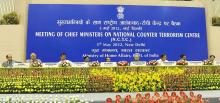
State governments ruled by non-Congress parties opposed the formation of the National Counter Terrorism Centre (NCTC) due to the apprehension of dominant authority, and unilateral action of the centre over states using the agency would challenge their authority. Consequently, the Indian Government has planned to draft a more transparent and accountable proposal for NCTC to pacify the opposition, that the NCTC be kept out of the Intelligence Bureau (IB) and states be given a significant role in counterterrorism activities.
-
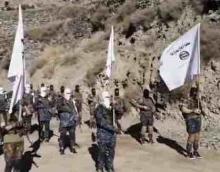
Pakistan has been struggling to cope with a multitude of predicaments ranging from political instability to sectarian intolerance, which often prompts the international community to tag this South Asian nation as a failing state. The homegrown neo-Talibanism in the tribal areas adjoining Afghanistan and Jihadi proxies in areas bordering India continues to pose myriad security challenges for Pakistan’s internal security as well as physical integrity.
-

The Hague Code of Conduct against Ballistic Missile Proliferation (HCoC) has completed ten years of its existence. This code was formally enacted on November 25, 2002, at a conference hosted by the Netherlands at The Hague. This was also known as the International Code of Conduct (ICOC). This code is voluntary and not binding in nature, and the subscribing states are expected to furnish annual declarations on missile policy and the pre-launch notifications (PLNs) of missile test launches.
-
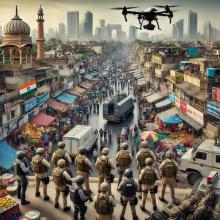
It is significant to look into the background of the accused persons involved in terror attacks and specific events at national and international levels.
-
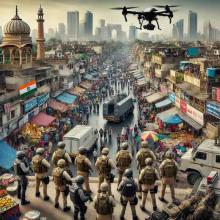
The arrest of the suspects of terror activities in Bangalore, Nanded, and Hyderabad and the low-intensity bomb explosions in Pune on 1 August 2012 are pointing fingers at the involvement of some Indian Muslims. Earlier also, many of the terrorist attacks against cities in India had been conceptualized and planned by Indian Muslims who sought to attack their own country. Despite these events, India has not taken any comprehensive community engagement programme (CEP) to engage the Muslim community to check radicalization, which is a solid tool for controlling homegrown terrorism.
-

Two Russian built warships with the same name i.e. Admiral Gorshkov have been making news in the last few weeks. The first vessel is an aircraft carrier which was sold to India in 2004 and is rechristened as INS Vikramaditya. It has been plagued in controversy due to costs and time overruns. The pre-delivery trials of the ship were unsuccessful and according to reports, the vessel will have to wait till the White Sea ice melts during the summer of 2013 to complete the trials.
-
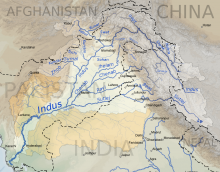
Thinking about a majestic river like the Indus River in South Asia attracts more perspective and situation room strategies than a possible benefit-sharing solution. From countless war strategies to suing each other in legal battles, from instigating to investigation, from hydro-phobia to hydro-politics, from misinformation to deliberately uninformed, India and Pakistan have been engaged in myriad exchanges and wasting time and opportunity. The exception could have been only during the ancient Indus Civilisation when settlements on both sides of the river respected the Indus as one.
-

On August 30, 2012, the Lower House (Lok Sabha) of the Indian Parliament passed a bill to amend the Chemical Weapons Convention (CWC) Act (2002). The Chemical Weapons Convention (Amendment), 2012 Bill “prohibits the transfer of specified toxic chemicals from and to a country which is not a party to the Chemical Weapons Convention (CWC).” Passing this Bill was part of India's international obligation towards CWC.
-
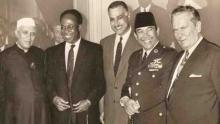
As leaders from about 50 countries arrive with their caravans in Tehran for what now seems to be settling into a triennial ritual, a question that has intrigued everyone for the past two decades is - what does NAM mean in a post-cold War context? Moreover, somewhat, if not equally, intriguing, a question that historians have struggled to find answers to is the origins of the term itself. Claims about who ‘invented’ the term and where it was first uttered have never had a settled answer.
-

While India has been witnessing terrorism ever since its independence, the vicious influence and reach of contemporary terrorism are unique and cleave out potent problems for India. Many of the terrorist attacks against cities in India, like the German Bakery blast in Pune (Maharashtra) on February 13, 2010, had been conceptualized and planned by Indian Muslims who sought to attack their own country.
Paxton ported to drupal by DropThemes.in